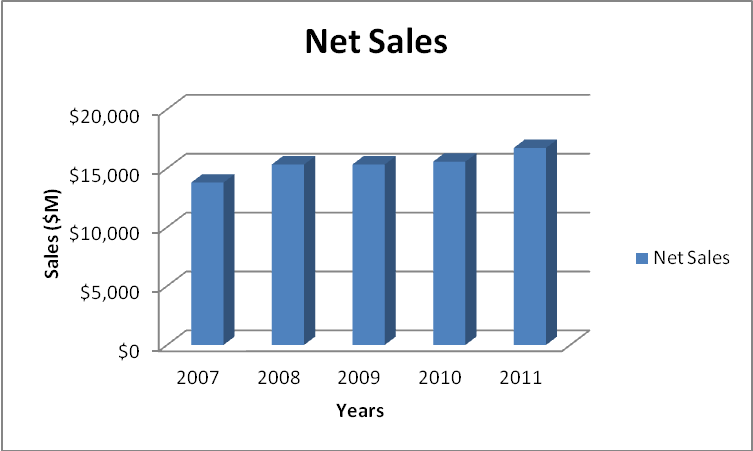Dividend Stock Checklist
Post on: 30 Март, 2015 No Comment

You win two ways when the dividend increases. First, the yield on your initial investment goes up with the dividend, and even better, the dividend increase often propels the share price higher. Conversely, a dividend cut shrinks your yield and often precipitates a share price drop as well.
Here are seven simple checks to help you pick the best dividend candidates. You can find the required data on many financial sites. I’ll use Reuters Finance (www.reuters.com/finance/stocks ) to demonstrate the process. Start by entering your stock’s name or ticker symbol in the Search Stocks box.
1) All About Dividend Yield
Since dividends are the point, stop here if the stock isn’t paying a sufficient yield. Reuters lists the yield below the price chart on its Overview report. How much is enough? That depends on your needs of course. Here are my rules of thumb.
Action: Disqualify regular common stocks with less than 3.5% dividend yield. For categories that are not taxed at the corporate level such as REITs, MLPs, and BDCs, require a minimum 4.5% yield.
Of course higher is better, as long as the dividend is safe. The following three checks will help you rule out stocks likely to cut their payouts.
2) Avoid High Debt
Cash-strapped firms may view dividend payouts as a luxury they can do without. Companies typically get into that position because they are carrying too much debt. Consequently, you can minimize the chances of a dividend cut by sticking with relatively low-debt firms.
The best debt gauge is the total debt/equity ratio (D/E), which compares the total of short- and long-term debt to shareholders equity (book value). Ratios of 0.0 signal no debt, and the higher the ratio, the higher the debt. What constitutes high debt varies with industry. Typically, industries with steady and predictable cash flows, such as utilities, carry higher debt than firms in more volatile industries, such as semiconductor makers.
Rather than setting an arbitrary maximum D/E ratio, it’s better to compare a firm to others in the same industry. You can find the required information from Reuters Overview report by selecting Financials and then scrolling down to the Financial Strength (Ratios) section. Use Total Debt to Equity (MRQ). The ratios shown reflect the most recent quarter (MRQ).
Action: stick with firms with D/E ratios below their industry average.
3) Cash flowing In or Out?
Operating cash flow is the money that moved into, or out of, a firm’s bank accounts resulting from its business operations. Sometimes companies that report positive earnings are, in fact, losing money when you count the cash. But dividends come from cash flow, not earnings. A firm must be generating positive cash flow to fund its dividends. The easiest way to verify positive cash flow is to check the price/cash flow ratio, which can only be positive when cash flow is positive. Price/cash flow ratios are listed in the Valuation Ratios section. For this test, we only care whether the ratio is positive (cash generator) or negative (cash burner). The ratio value is not significant.
Action: Disqualify candidates that are burning cash (negative price/cash flow ratios).
4) Avoid Cheap Stocks
While we all like bargains, cheap stocks get that way because savvy market players are selling, not buying. While it’s counterintuitive, my research has found that the cheaper the stock, the higher the risk. Successful dividend investing requires minimizing risk.
Action: Always disqualify stocks trading below $5, and risk-averse investors should avoid stocks below $15.
The next two checks help you to identify stocks with the best dividend growth prospects.
5 ) History Teaches
As pointed out earlier, you’ll do best by owning stocks that raise their payouts while you hold them. However, while some companies consider dividend growth a high-priority, others prefer to use the money elsewhere. You can tell which is which from a firm’s five-year dividend growth history (Dividends section).
Action: Disqualify stocks with less than 5% average annual 5-year dividend growth.
6) Higher Earnings Grow Dividends
Since, in the end, earnings drive dividends, you need stocks likely to grow their earnings over time. You can check analysts’ consensus long-term earnings growth forecasts for their take on a firm’s earnings growth prospects.
For dividend stocks, however, very high expected growth doesn’t work. In fact, your best candidates are firms expected to grow earnings between 5% and 14%, on average, annually. While it’s obvious that slower growers won’t generate much dividend growth, it’s also true that high expected earnings growth stocks (say 15% plus) rarely make good dividend candidates. Why? They are usually richly priced and subject to negative earnings surprises, which almost always sink share prices. Reuters lists the mean long-term (LT) expected growth rates on the bottom line of its Consensus Estimates Analysis section.
Action: Disqualify candidates with less than 5%, or more than 15%, forecast long-term average annual earnings growth.
7) Pay Attention to Stock Analysts
Since stock analysts are notorious for their overoptimistic buy/sell ratings, it pays to take heed when they actually do recommend selling a stock.














